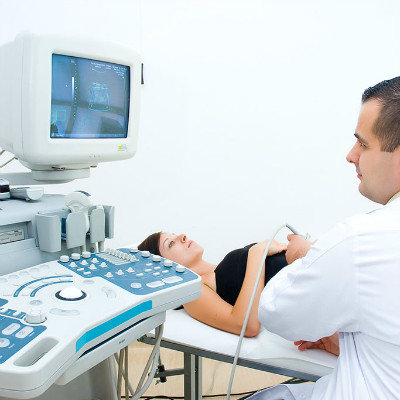What are the types of infectious diseases?
summary
Infectious diseases are infectious diseases, such as influenza, hepatitis B and so on, but no matter which way they are spread, they are quite terrible. Many years ago, a large area of infectious diseases occurred in our country. At that time, the number of deaths was really amazing. Then, in our country, how many categories of infectious diseases are there according to the law?
What are the types of infectious diseases?
Class A infectious diseases, also known as compulsory management infectious diseases, include plague and cholera. Therefore, the time limit for reporting the epidemic situation after the occurrence of a class of infectious diseases, the isolation and treatment of patients and disease carriers, and the treatment of epidemic spots and epidemic areas must be enforced. Therefore, it is also called compulsory management of infectious diseases.
Class B infectious diseases, also known as strictly managed infectious diseases, include severe acute respiratory syndrome (SARS), viral hepatitis, bacillary and amebic dysentery, typhoid and paratyphoid fever, AIDS, gonorrhea, syphilis, poliomyelitis, measles, pertussis, diphtheria, epidemic encephalomyelitis, scarlet fever, epidemic hemorrhagic fever, rabies, leptospirosis, brucellosis Anthrax, epidemic and endemic typhus, epidemic encephalitis B, Kala Azar, malaria, dengue fever, etc. There are several kinds of infectious diseases, including severe acute respiratory syndrome (SARS), AIDS, gonorrhea, syphilis, rabies and anthrax, which can be controlled by compulsory measures when necessary.
Class C infectious diseases, also known as surveillance and management infectious diseases, include tuberculosis, schistosomiasis, filariasis, echinococcosis, leprosy, influenza, mumps, rubella, neonatal tetanus, acute hemorrhagic conjunctivitis, and infectious diarrhea except cholera, dysentery, typhoid and paratyphoid. Class C infectious diseases are also called monitoring and management infectious diseases because they need to select disease monitoring areas and laboratories through scientific sampling for monitoring and management.
matters needing attention
In addition, the State Council and the health administration department under the State Council may, according to the occurrence, prevalence and degree of harm of infectious diseases not included in the above provisions, list them as class B or class C infectious diseases, and decide on the increase or decrease of infectious diseases according to their respective authorities, and publish them.















